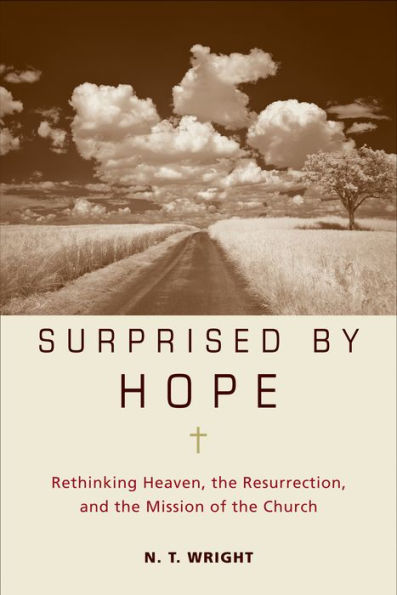Table of Contents
Preface xi
Part I Setting the Scene
1 All Dressed Up and No Place to Go?
Introduction 3
Confusion about Hope: The Wider World 7
Varieties of Belief 9
2 Puzzled About Paradise?
Christian Confusion About Hope 13
Exploring the Options 16
The Effects of Confusion 20
Wider Implications of Confusion 25
The Key Questions 27
3 Early Christian Hope in Its Historical Setting
Introduction 31
Resurrection and Life after Death in Ancient Paganism and Judaism 35
The Surprising Character of Early Christian Hope 40
4 The Strange Story of Easter
Stories Without Precedent 53
Easter and History 58
Conclusion 74
Part II God's Future Plan
5 Cosmic Future: Progress or Despair?
Introduction 79
Option 1: Evolutionary Optimism 81
Option 2: Souls in Transit 88
6 What the Whole World's Waiting For
Introduction 93
Fundamental Structures of Hope 93
Seedtime and Harvest 98
The Victorious Battle 99
Citizens of Heaven, Colonizing the Earth 100
God Will Be All in All 101
New Birth 103
The Marriage of Heaven and Earth 104
Conclusion 106
7 Jesus, Heaven, and New Creation
The Ascension 109
What About the Second Coming? 117
8 When He Appears
Introduction 123
Coming, Appearing, Revealing, Royal Presence 124
9 Jesus, the Coming Judge
Introduction 137
Second Coming and Judgment 142
10 The Redemption of Our Bodies
Introduction 147
Resurrection: Life After Life After Death 148
Resurrection in Corinth 152
Resurrection: Later Debates 156
Rethinking Resurrection Today: Who, Where, What Why, When, and How 159
11 Purgatory, Paradise, Hell
Introduction 165
Purgatory 166
Paradise 171
Beyond Hope, Beyond Pity 175
Conclusion: Human Goals and New Creation 183
Part III … Hope in Practice: Resurrection and the Mission of the Church
12 Rethinking Salvation: Heaven, Earth, and the Kingdom of God
Introduction 189
The Meaning of Salvation 194
The Kingdom of God 201
13 Building for the Kingdom
Introduction 207
Justice 213
Beauty 222
Evangelism 225
Conclusion 230
14 Reshaping the Church for Mission (1): Biblical Roots
Introduction 233
The Gospels and Acts 234
Paul 246
15 Reshaping the Church for Mission (2): Living the Future
Introduction: Celebrating Easter 255
Space, Time, and Matter: Creation Redeemed 257
Resurrection and Mission 264
Resurrection and Spirituality 271
Appendix: Two Easter Sermons 291
Notes 297
Index 315
Biblical Passages 331



